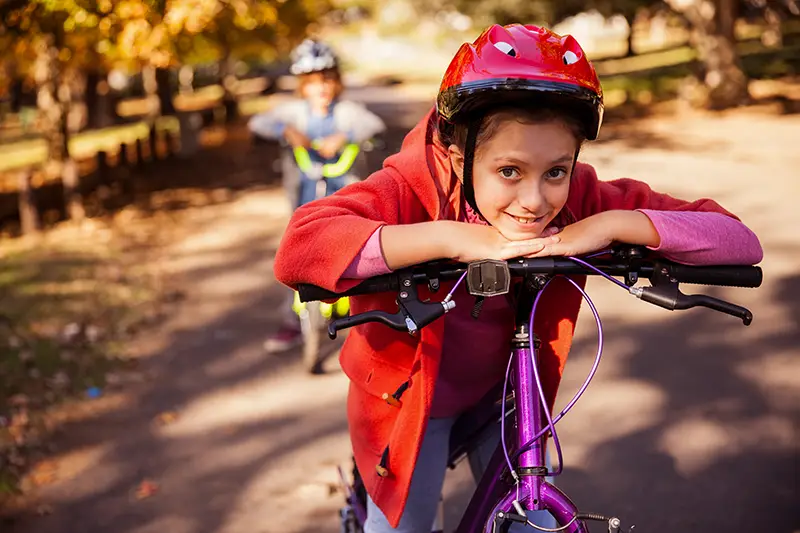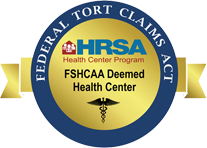
Fall is here. That means cold and flu season. But, it also means the start of RSV (respiratory syncytial virus) season. RSV is a common respiratory virus that usually causes mild, cold-like symptoms but it can be more serious for infants and adults over sixty-five.
RSV infections usually occur during the fall, winter, and spring. Each year, RSV leads to 2.1 million outpatient visits among children less than five; 57,527 hospitalizations among children less than five; 177,000 hospitalizations among adults older than sixty-five, and 14,000 deaths among adults older than sixty-five. Almost every child will get an RSV infection by the time they are two years old but only one or two out of one hundred will need to be hospitalized. RSV is the most common cause of bronchiolitis (inflammation of the small airways of the lung) and pneumonia (infection of the lungs) in kids less than one year old. Other complications from RSV are: ear infections, asthma, and repeated infections.
Those more at risk for developing a severe infection are premature infants; very young infants-especially six months and younger; children under two with chronic lung disease; children under two with chronic heart disease; children with weakened immune systems; children with neuromuscular disorders-including those that have difficulty swallowing or clearing mucus secretions; and adults sixty-five and older.
Symptoms of RSV are runny nose; decrease in appetite; cough, which may progress to wheezing; sneezing; and fever (may not always occur). These symptoms appear in stages. In very young infants the only signs may be a decreased appetite, decreased activity, irritability, lethargy, and breathing difficulties. Symptoms usually appear within four to six days after being infected, but people usually recover in a week or two. If your child, or anyone at risk, has difficulty breathing, a high fever, or blue color to their skin, nails, or lips, seek immediate medical attention.
When RSV is suspected, your healthcare provider will listen to your child’s lungs to check for wheezing or other abnormal sounds. Your child might need a swab of their nose or mouth to test for RSV. They might also perform a pulse oximetry test to check for low oxygen levels in the blood. Laboratory and imaging tests are not usually needed to diagnose RSV but may be needed to rule out complications and other conditions. Those tests may include a blood test to check white cell counts or look for viruses, bacteria, or other germs. A chest x-ray might also be ordered to check for lung inflammation.
Prevention:
RSV enters the body through the mouth, eyes, and nose. It is spread easily through respiratory droplets. RSV can live for hours on hard surfaces such as crib rails, countertops, and toys. An infected person is usually only contagious for the first few days after infection, but the virus can spread for a few weeks more.
Here are some things you can do at home if your child gets RSV: create moist air to breathe by using a humidifier, make sure they get plenty of fluids, try saline nose drops to help relieve congestion, use a non-aspirin fever medicine such as Tylenol (acetaminophen), and keep them far away from cigarette smoke and other potential lung irritants.
There is no vaccine for RSV yet, but to keep the disease from spreading wash hands frequently with soap and water for at least twenty seconds, avoid touching your face, avoid close contact with sick people, cover your coughs and sneezes, clean and disinfect surfaces, and stay home, or have your child stay home when they’re sick.
If you have questions, contact your healthcare provider. They’ll make sure you get taken care of.
– Candice Hutchins is an RN at the Health West Pediatric Clinc. She has been a nurse for 19 years and loves working with kids. She enjoys reading, cross-stitching and being with her family.









